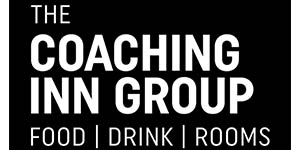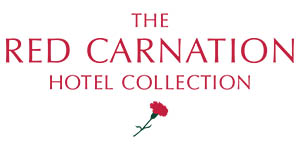The Covid‑19 pandemic and its associated government measures to limit mobility, significantly impacted all our lives and the consequential mechanisms we have adopted to cope with adversity.
With restaurants, bars and other venues being closed, this naturally led to more at home alcohol consumption – hitting the hospitality industry hard, but also boosting online sales of wine.
During a period when there’s been more cause to moan than celebrate, it’s no shock to learn that sparkling wine, the drink of fun times, and notably Prosecco, has slowed during the pandemic. However, the sales drop for fizz has been far from dramatic, and certainly a lot less than feared. Not only that, but the prediction is that sparkling wine will be the fastest sector to recover, as the world’s collective mood improves.
According to Daniel Mettyear, Research Director at IWSR Drinks Market Analysis, the collector of global drinks data that regularly gives out forecasts, based on sales trends, sparkling wine is expected to recover in full by 2023. Not only does he observe that “a lot of the markets are performing much better than we thought initially”, referring to the early stages of the pandemic almost exactly 12 months ago, but also that the bounce-back for fizz will be faster than for any still wines. “We are looking at a much longer recovery horizon for still wine; the return to growth will be quicker for sparkling,” he says. “Prosecco will be instrumental in that”.
According to the IWSR’s estimates, the market has declined by 8%. In terms of cases lost, this represents a drop of around 22 million cases, with the global sparkling wine market in 2019 accounting for 262 million cases, and 2020 expected to finish at 240 million.
Bearing in mind that a year ago declines of 20% to 30% were being mooted, the sparkling wine market has proved remarkably resilient during an extended period, with almost no large events, limited social mixing, and a mostly shuttered hospitality sector.
In other words, people are not going to stop drinking sparkling wine just because there’s a restriction on socialising. However, the number of bottles consumed at home won’t make up for the lost trade via festivals, weddings, and going out with friends.
So, what can we expect about sales of sparkling wines in the lead up to Christmas and a return to the nation’s favourite celebration drink?
First and foremost, the variety of sparkling wines on offer is ever increasing – Champagne and Crémant from France, Prosecco from Italy, Cava from Spain, and not to forget the increasingly popular and respected English sparkling wine. The hospitality industry could benefit from the projected demand in sparkling wine sales in the run up to Christmas, but which sparkling wines would enhance margins and at the same time follow the trends of the consumer and their needs?
The styles of sparkling wines available differ due to the variations in natural factors and winemaking preferences, and it is these differences that affect the cost of the wine and ultimately margins for the hospitality industry.
In Champagne, the method Champenoise or ‘traditional method’ is used. Other sparkling wine styles that tend to use this method include Crémant sparkling wines, Spanish Cavas, and English sparkling wines. This is where the second fermentation happens in the bottle; yeast is added along with sugars (liqueur de tirage). The bottles are left tipped, neck down, in racks, so when fermentation has finished, the dead yeast cells collect in the neck.
When it is ready, the neck of the bottle is frozen and the dead yeast cells release – a process called ‘disgorgement’. The wine is then resealed and left to age.
In Prosecco, the ‘tank method’ is most often used, where the second fermentation happens in a large tank. Again, yeast is added, along with sugars, to the base wine. While second fermentation happens, the tank is sealed to prevent the CO2 from escaping, making the wine fizzy, before it is bottled and sealed.
The cost implications for both of these methods has determined the trends for consumers over the past few years, and has escalated Prosecco to extraordinary heights, not only because of its price point, but also due to the flair and razzmatazz consumers feel part of when a bottle of sparkling wine is opened.
There is also a case for English sparkling wine to boost sales for the hospitality industry. Generally, the wine is made by the ‘traditional method’, but there are producers that are adopting the ‘tank method’ such as that for Prosecco. English sparkling wines have beaten Champagne in a number of blind tastings, and there has been rapid growth and investment in recent years, with over 3 million vines being planted in the past two years alone. In 1975 there were 196 hectares of vineyards; this has increased to about 3800 hectares of vineyards today. For Champagne, there are just over 34,000 hectares under vine.
The investment into English wine, and the fact that established Champagne houses are investing in the UK, has boosted confidence for English producers, and the need for experience to transform these yields to a hungry local market and profitable export market is ever increasing.
Sparkling wines made using the ‘traditional method’ will always be a different style to that of wines made using the ‘tank method’, but the desire for consumers to branch out and celebrate with any fizz is an area the hospitality industry can and should capitalise on.























